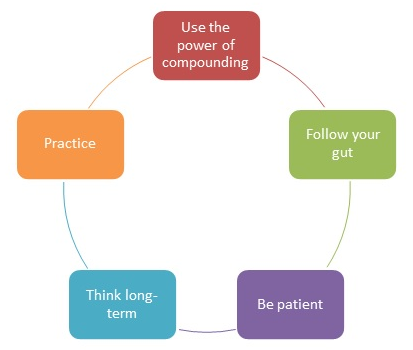
Table of Contents
Labor Theory of Value (LTV)
Defining the Labor Theory of Value
The Labor Theory of Value (LTV) was an initiative by economists so as to explain why products were exchanged for specific prices in the Market. This method suggested that the commodity’s value was comprehended by evaluating the average labor hours required to produce the same.
In the labor theory of value, the labor amount that is invested in producing an economic product is the source of that product’s value.

The LTV signifies that two products can trade for the same price in case they consume the same amount of Manufacturing time. If not, they will be exchanged at a ratio that is fixed by the comparative differences in the two times of labor.
LTV Example
For example, if it takes 20 hours to manufacture a laptop and 10 hours to assemble a phone, the exchange ratio will be two phones for one laptop. First, the labor theory was conceived by medieval and ancient Greek philosophers.
Adam Smith described the Underlying principle and concept of LTV; David Ricardo was more interested in how these relative prices between the products are regulated. Let’s take the example of laptop and phone production again.
If it is taking 20 hours to produce one phone and 10 labor hours to produce one laptop, one phone will exchange for two laptops, both of them equal to labor time of 20 units. The production cost not just comprises the direct cost out acquiring product’s parts but also the indirect cost in the manufacturing of the required implements.
Talk to our investment specialist
Thus, the total labor time quantity will be vertically integrated, including both indirect and direct labor time. Hence, if it needs 12 hours to manufacture parts of the phone, 8 hours to assemble them, it will be equal to 20 total labor time hours.
Since it seems more profitable to manufacture a phone, people will eradicate laptop production from the picture and select to manufacture the phone instead; thus, creating an equilibration process.
The labor time signifies that there must be an equilibrium ratio of 2:1. Therefore, now the Income of phone producers will drop to Rs. 10 per hour and the income of laptop manufactures will increase to Rs. 10 per hour, considering that the production cost has dropped in the phone and increased in the laptop, bringing the 2:1 ratio back. So now, the new production cost will be Rs. 200 and Rs. 100.
All efforts have been made to ensure the information provided here is accurate. However, no guarantees are made regarding correctness of data. Please verify with scheme information document before making any investment.












